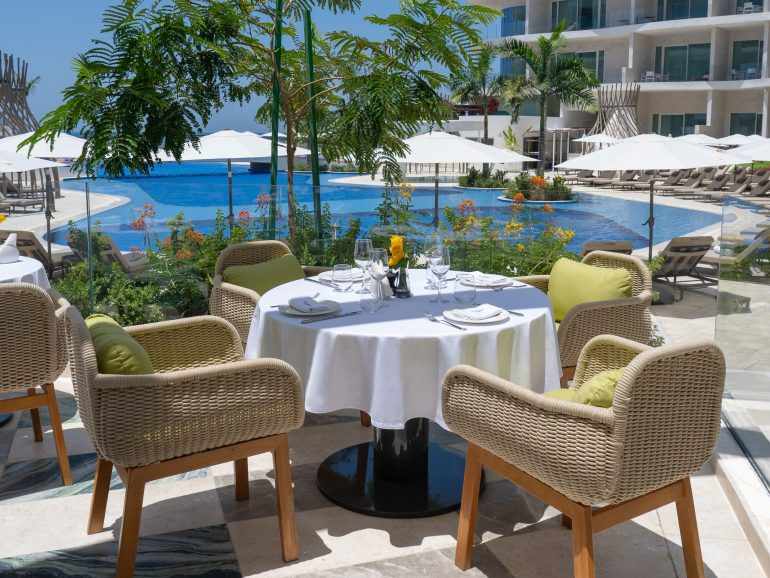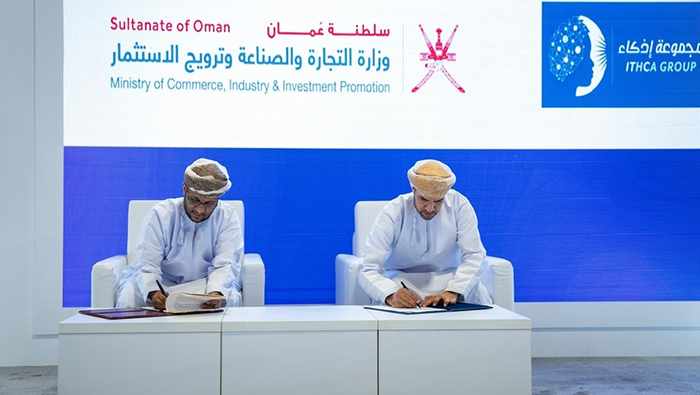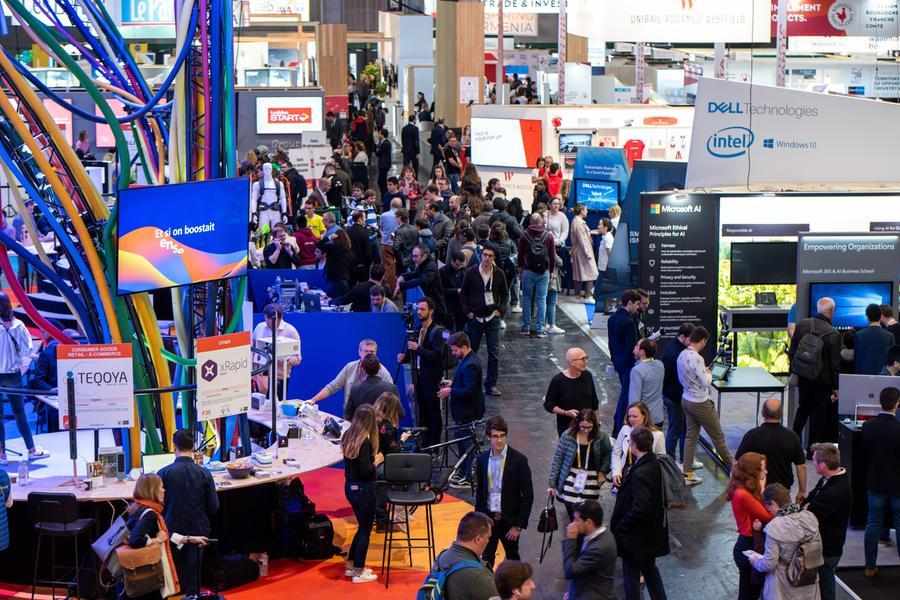Breakfast, lunch and dinner… Why Tiffany’s is hungry for more
- Date: 31-Mar-2022
- Source: Financial Times
- Sector:Retail
- Country:Middle East
Breakfast, lunch and dinner… Why Tiffany’s is hungry for more
Audrey Hepburn clutching a pastry and takeaway coffee on the corner of Fifth Avenue and 57th Street, peering longingly into a plate-glass window display. A robin’s-egg-blue box. An advertisement of a handsome young man down on one knee in Central Park, shot in black and white.
For most Americans, these images are indelibly, and exclusively, linked to the name of Tiffany & Co. Ownership of such iconography was a leading reason LVMH chairman and CEO Bernard Arnault agreed, at the end of 2019, to tender $16.2bn to acquire the publicly listed jeweller in the luxury sector’s largest ever deal (following a contentious renegotiation, he eventually paid $15.8bn). “It’s the only brand I know that owns a colour,” he said at the time.
For LVMH, Tiffany was a major asset. Before the acquisition, hard luxury (jewellery and watches) accounted for just eight per cent of its sales, most coming from “soft luxury” such as Louis Vuitton handbags and Dior Bar jackets. By the end of 2019, hard luxury had been outpacing soft luxury growth for the best part of a decade.
The jeweller, however, was in need of a good polish. Founded by Charles Lewis Tiffany and his schoolfriend John B Young as a stationery and “fancy goods” shop in 1837, it























